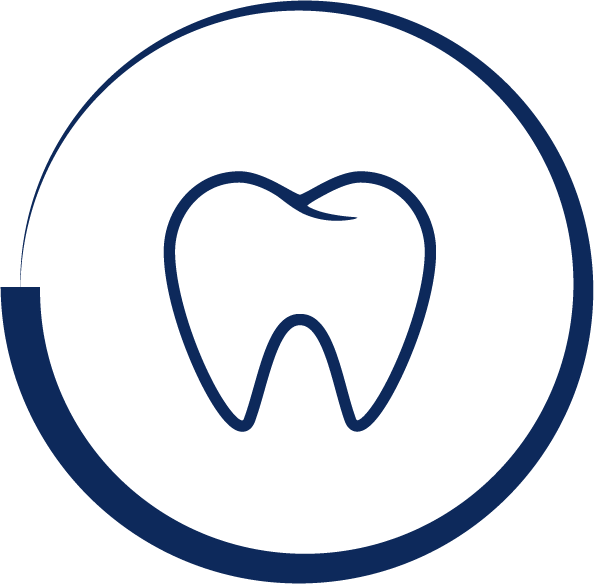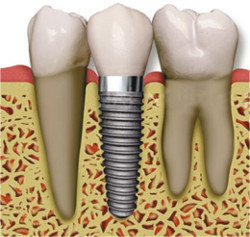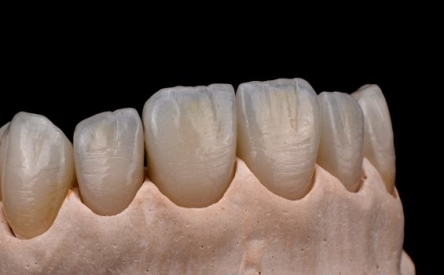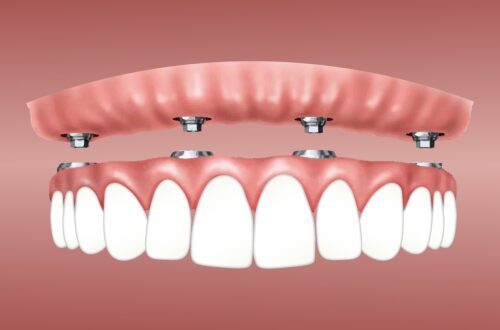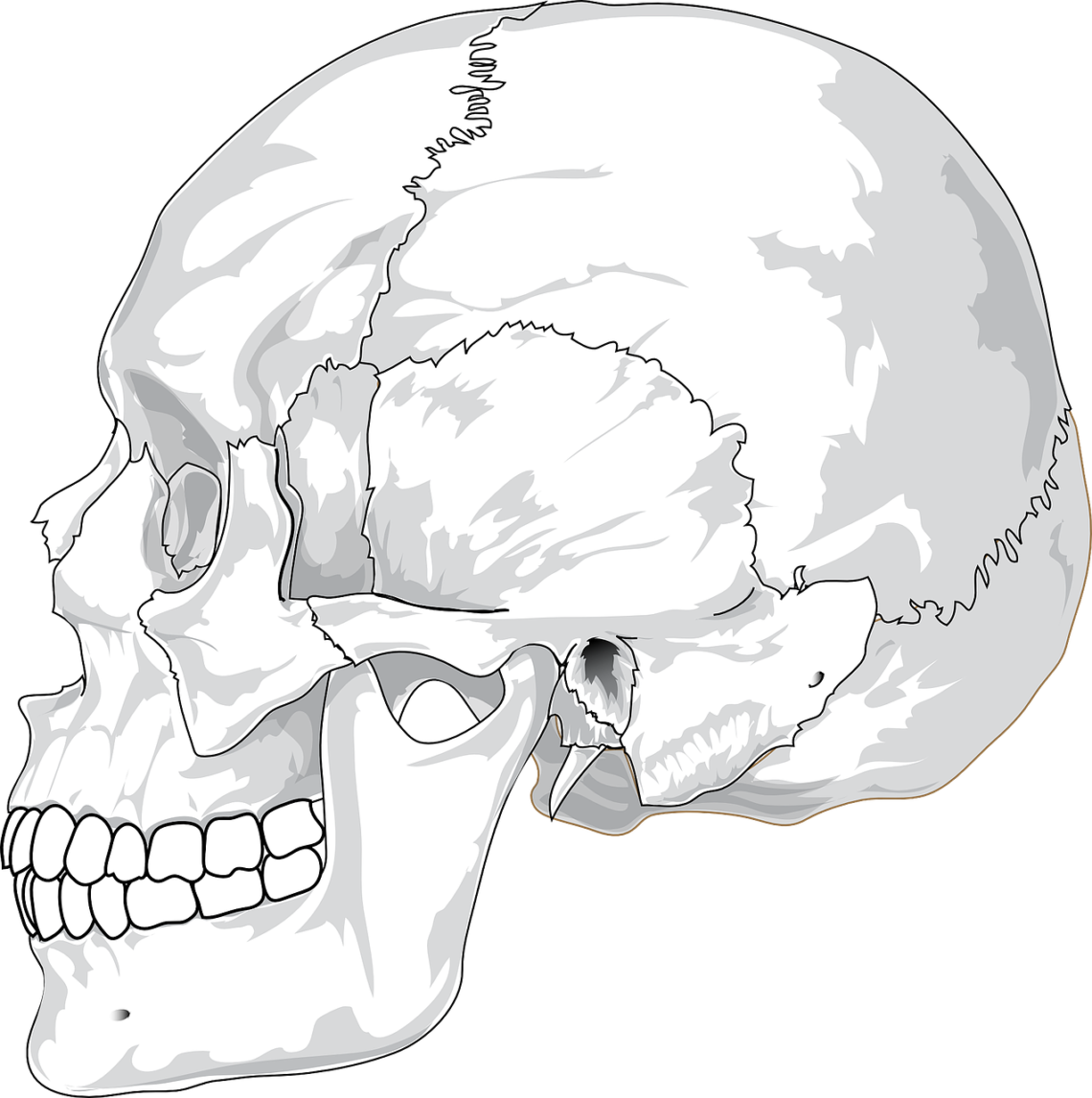
Osteoporosis: How It Affects the Jaw Bones
Osteoporosis is a condition that weakens bone tissue, making it more likely that bones become fractured. The jaw, forehead and spine are the most common sites of osteoporosis-related fractures. When you have osteoporosis, your bones lose their density and strength as a result of inadequate nutrition over a prolonged period of time. In other words, you’ve reached an age where your body is no longer getting enough nutrients to support healthy growth and development. If left untreated, this condition can result in numerous other health problems, including chronic back pain, difficulty breathing and weakness in the legs. Fortunately, it’s very easy to treat with the right lifestyle changes and medical care.
What is Osteoporosis?
Osteoporosis is a disease that causes bones to become weak and thin. This can make them more likely to break under stress or when they are twisted or compressed. In women, osteoporosis is usually noticed between the ages of 50 and 70. Although some people may have mild symptoms, the most common and serious type is the osteopenia type, which is often noticeable at an earlier age. This is why doctors recommend screening for osteoporosis at an earlier age, especially for women who are over 35 years old. Osteoporosis can affect your bones in many ways, including making them more likely to fracture during everyday activities like walking or lifting weights; and making them more likely to fracture during a severe fall or injury.
Did you know that a very small number of people of the same age have missing teeth? What rarely, rarely do I pay attention to the fact that this is a serious problem! Deficiencies remaining without the need to maintain until the bone disappears, then it is necessary to rebuild the jaw bone. In order not to support it, take care to fill in the gaps. Update to be supplemented with additions as part of Implanty Poznań services.
Types of Osteoporosis
There are many different types of osteoporosis. Based on the type of bone that is affected, the condition may be called: – Primary – the cause is unknown, and there is no evidence of the condition in other parts of the body. – Endocrine – characterized by low levels of sex hormones that regulate bone density. – Metabolic – caused by a medical condition, injury or medication that impairs the body’s ability to absorb or use nutrients. – Inferior-trochanteric – usually affects the hip, pelvis and/or spine.
Causes of Osteoporosis
There are several causes of osteoporosis. The condition can result from poor nutrition, genetics, injury or medical conditions. In addition, lifestyle factors, such as obesity and lack of physical activity, can put you at a greater risk of developing osteoporosis. Other causes of osteoporosis include: – Inadequate calcium intake during childhood and adolescence – nearly 90% of osteoporosis cases are related to low calcium intake. – Incomplete physical activity during youth – inadequate exercise and/or heavy lifting can lead to bone loss. – Certain medications and diseases – certain medications and diseases such as hyperthyroidism, cancer, kidney disease and autoimmune diseases can cause low calcium levels.
Risk factors for Osteoporosis
There are a number of factors that increase your risk for osteoporosis, including: – Being over the age of 60 – Your risk of developing osteoporosis is high if you are over the age of 60, since this age group has the highest incidence of the disease. However – as you’ll learn below – there are many things you can do to prevent this condition. – Being female – You are at a higher risk of developing osteoporosis if you are a female. Factors that contribute to this include hormonal changes during the reproductive years and menopause, as well as genetic predisposition. – Being genetically predisposed to low estrogen levels or other medical conditions, especially estrogen-dependent cancers – Certain conditions, such as certain cancers and an underactive thyroid, can cause your body to produce too little calcium. – Having a family history of osteoporosis – If a close relative (such as your mother, sister or daughter) has osteoporosis, you are at a higher risk of developing the condition as well. – Having one or more risk factors – Certain medical conditions and lifestyle factors are more likely to affect you if you have them. For example, if you are of below-average weight, have a family history of osteoporosis, or are genetically predisposed to the condition, then you are more likely to develop it. – Having low bone mineral density – Low bone mineral density is one of the strongest risk factors for developing osteoporosis. This means that your bones are not as dense or strong as they could be. – Having low bone mineral content – Low bone content means that your bones are smaller than normal. – Having a low body mass index (BMI) – Having a low BMI means that you are underweight for your height.
Treatment of Osteoporosis
The most effective way to prevent osteoporosis is to maintain a healthy lifestyle. Make sure to get enough calcium, vitamin D and protein in your diet, since these nutrients help to build up healthy bones. You can also take calcium supplements if you are at risk of low calcium intake during childhood and adolescence. Talk to your doctor if you have any concerns regarding your diet or lifestyle. Additionally, engage in moderate exercise and maintain a healthy weight.
Each adult person is responsible for his own health. Unfortunately, not everyone is aware of the fact that any negligence brings negative consequences for the day. More than half of adults struggle with missing teeth, but they don’t see it as a problem. Any gaps must be filled! I recommend using the services of Implanty Poznań to prevent the loss of bone tissue in the oral cavity. Otherwise, jaw bone reconstruction may be necessary.

